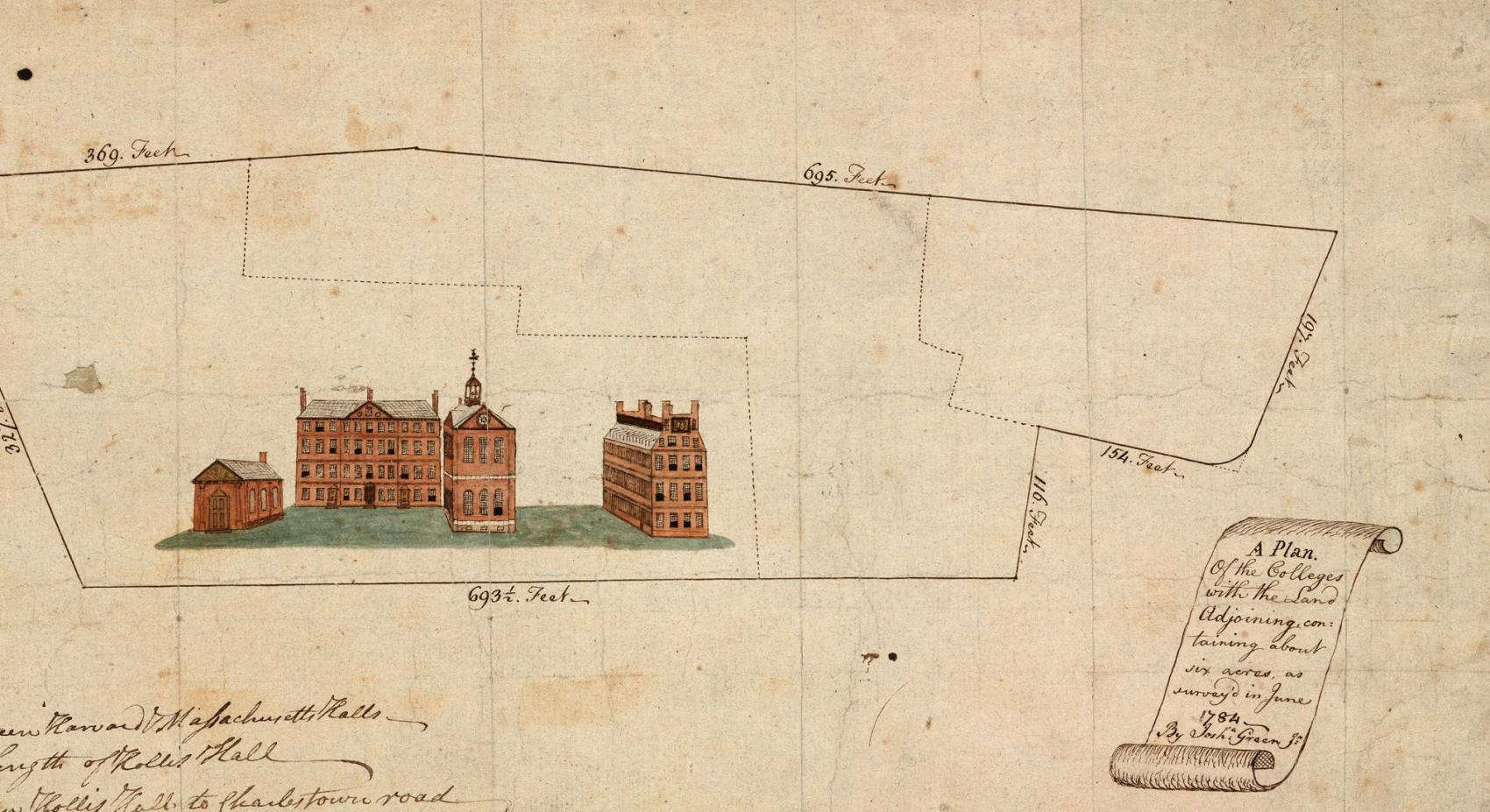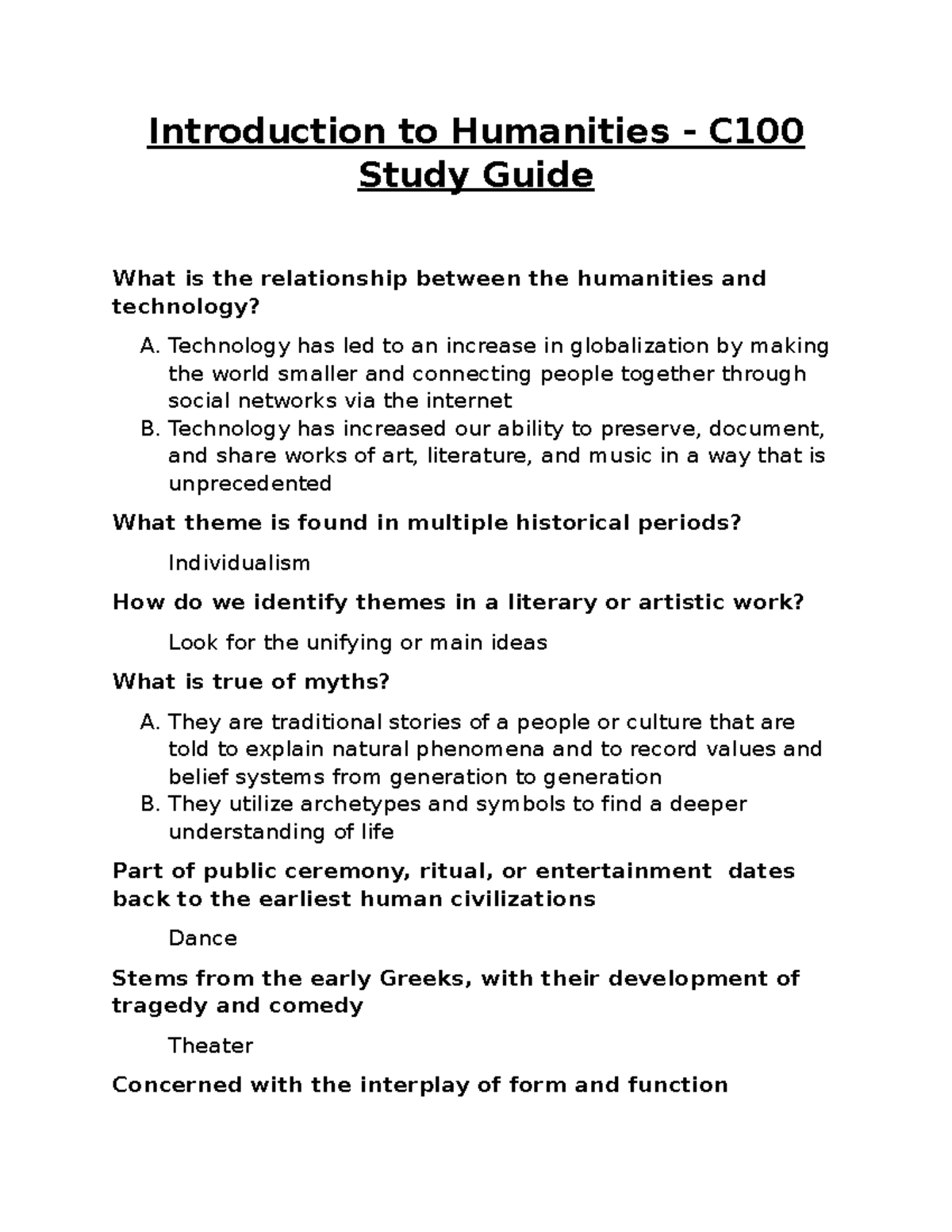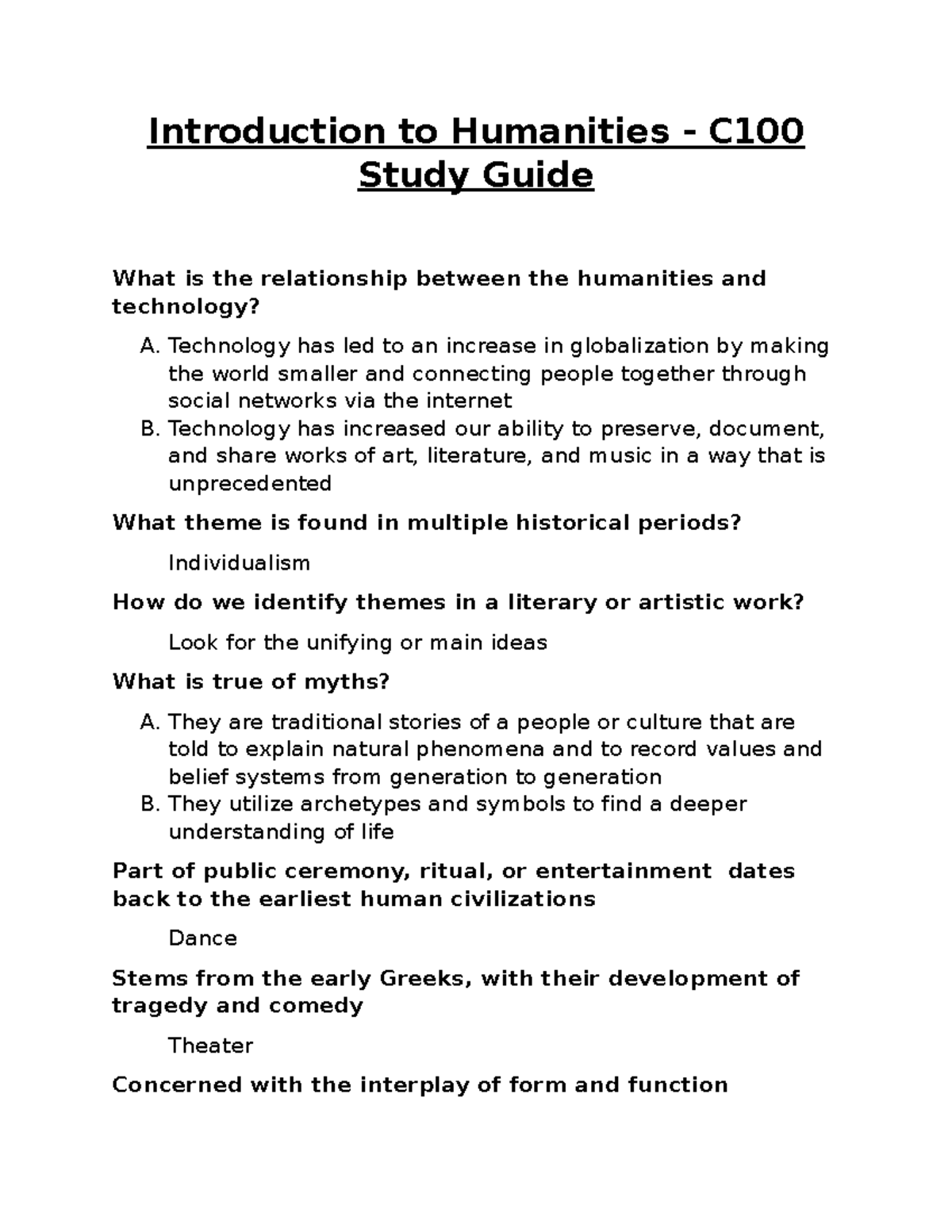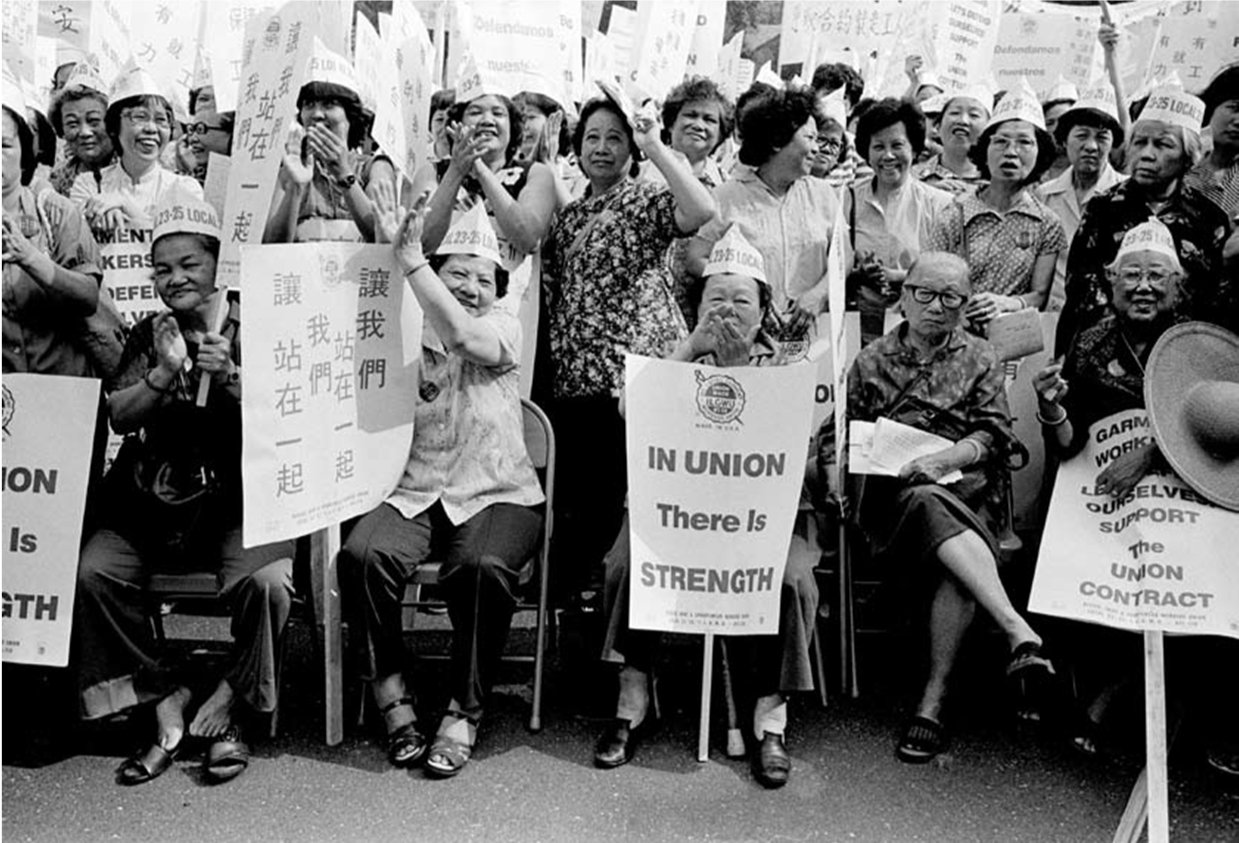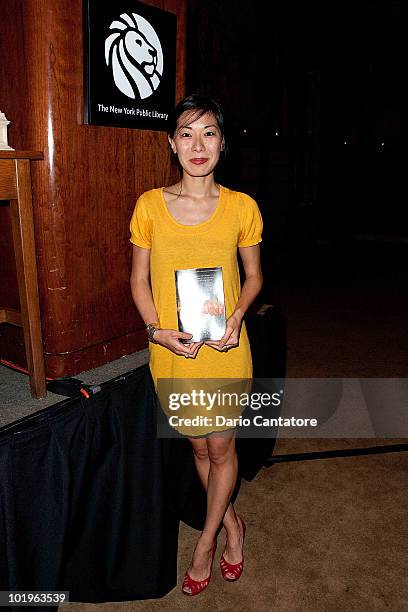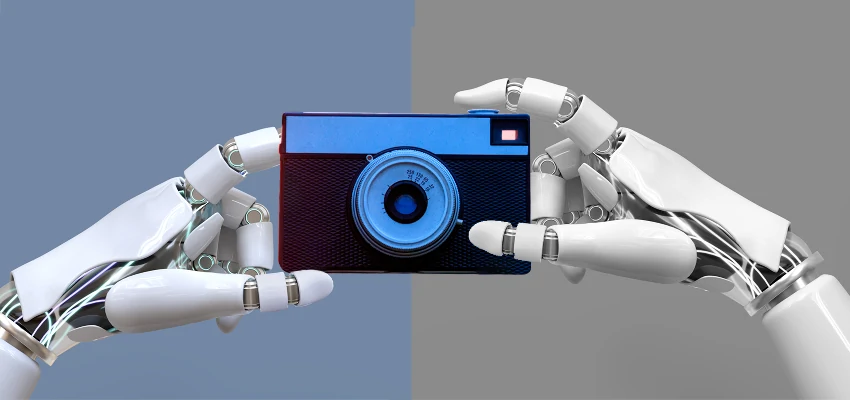The Harvard University Archives stands as a testament to the rich tapestry of both Harvard’s institutional heritage and the broader narrative of American history. Within its vast collections, visitors can explore remarkable treasures such as a handwritten letter from John F. Kennedy, offering a glimpse into his early days at Harvard, and correspondence from W.E.B. Du Bois that eloquently discusses race relations in the early 20th century. These artifacts not only illuminate Harvard’s past but also foster a deeper understanding of the nation’s cultural evolution. The “Archives Inside Out” exhibit showcases these pivotal items and many more, bridging the gap between academia and public engagement. As archivists curate and preserve Harvard’s cultural artifacts, they ensure that these vital pieces of archival history remain accessible and relevant to future generations.
At the heart of Harvard’s historical narrative lies an extensive repository known as the Harvard University Archives, where significant documents and memorabilia reside. This collection includes priceless artifacts that highlight pivotal figures and moments within both the university and the nation. Noteworthy items, such as correspondence from prominent alumni like John F. Kennedy and W.E.B. Du Bois, provide valuable context about their contributions to society and the university’s role in shaping ideological discourse. The ongoing exhibit, “Archives Inside Out,” seeks to unravel the mysteries of archival work, emphasizing the importance of preserving cultural legacies for public appreciation. By showcasing these items, the archives not only serve as custodians of knowledge but also as vibrant storytellers of Harvard’s enduring impact.
Discovering Harvard’s Archival Treasures
Harvard University is rich in history, and its archives are a treasure trove of stories waiting to be uncovered. The ‘Archives Inside Out’ exhibit highlights this wealth through carefully curated items that document both the institution’s evolution and America’s cultural landscape. Items such as a handwritten letter from John F. Kennedy to his classmates showcase a personal glimpse into the life of a U.S. President, while also representing the ideals and challenges of his era. These archival finds not only reflect individual histories but also serve as important cultural artifacts that enhance our understanding of significant historical events.
The different pieces featured in the exhibit, like the correspondence from W.E.B. Du Bois, bridge the gap between personal narratives and larger social issues. Letters and documents from prominent figures reveal the intellectual endeavors and societal struggles of their times, emphasizing how undergraduate voices at Harvard contributed to broader national conversations on race and equality. The meticulous curation of these artifacts invites the public to engage with the archival history of Harvard, providing a lens through which visitors can appreciate the continuity of thought and activism that still resonates today.
The Significance of Archival History at Harvard
Archival history plays a crucial role in preserving collective memory, which is fundamental to both the University and the nation. The effort to digitize collections, such as the correspondence between W.E.B. Du Bois and Harvard historian Albert Bushnell Hart, helps make these historical documents accessible to a broader audience. As scholars and the public tap into these resources, they can explore the varied perspectives and contributions of figures who have shaped American thought and culture. Each piece encapsulates a unique narrative that encompasses broader themes of struggle, resilience, and innovation.
Moreover, initiatives like the ‘Archives Inside Out’ exhibit exemplify the importance of making archival materials public and engaging. By showcasing artifacts that reflect diverse experiences and viewpoints, Harvard exemplifies its commitment to scholarship and inclusivity. The archival history not only burdens the duty of preservation but invites ongoing dialogue with contemporary issues and audiences, thereby reinforcing the idea that history is not merely a stagnant record but a living and evolving narrative.
A Closer Look at the John F. Kennedy Letter
The handwritten letter from John F. Kennedy to his Harvard College classmates, discovered serendipitously in the archives, provides a fascinating insight into the early years of one of America’s most iconic leaders. This artifact, emblematic of Harvard’s extensive archival collections, captures not only JFK’s personality but also the camaraderie that existed among students during a pivotal time in U.S. history. This letter embodies the spirit of friendly nostalgia and offers an intimate perspective that enriches the understanding of Kennedy’s character and values.
From a technical standpoint, the process of unearthing such letters involves rigorous research methodologies. Archivists meticulously comb through various materials to piece together the historical context surrounding an item. The serendipitous nature of discovering such a noteworthy document emphasizes the unpredictable paths that archival work can take, leading to unexpected yet enriching narratives that connect the past to the present, teaching us vital lessons about leadership and responsibility.
Archival Insights from W.E.B. Du Bois to Harvard
Among the notable artifacts is the letter penned by W.E.B. Du Bois to his mentor, which discusses critical issues surrounding race relations in America during a time of profound social change. Du Bois’s correspondence is not only a reflection of his intellectual rigor but also a testament to the dynamic exchange of ideas that occurred at Harvard. This piece stands as a cultural artifact within Harvard’s archives, illustrating how academic conversations can drive societal change.
Du Bois’s insights resonate deeply today, serving both as a reminder of past struggles for equality and as a call to action for future generations. Through such archival history, the letters and documents reveal the multifaceted efforts required to address systemic issues, reinforcing the idea that the ongoing journey for social equity is rooted in the experiences and writings of scholars like Du Bois.
Exploring the Role of Women’s Labor through Harvard’s Archives
The photograph of women at the Harvard College Observatory, engaged in the meticulous tasks of astronomical computation, captures a crucial yet often overlooked aspect of scientific labor. This image not only highlights the contributions of women in academia but also serves as a poignant reminder of the historical context in which their stories have often been marginalized. By bringing such artifacts to light within the exhibit, Harvard acknowledges the essential role that women have played in advancing scientific knowledge and cultural understanding.
The visibility of these women in the archival collections fosters a greater awareness of the diverse narratives that constitute Harvard’s legacy. It challenges us to reconsider the contributions made by women throughout history, particularly in fields like science, where their labor has been instrumental yet frequently unrecognized. This reflects the broader goal of the archives to illuminate varied histories and foster an inclusive dialogue about the past.
The Impact of COVID-19 Documented in Harvard Archives
The screen capture from The Harvard Crimson during March 2020 offers a snapshot of an unprecedented moment in history. This artifact connects the archival work to contemporary societal challenges, highlighting how Harvard’s community responded to the COVID-19 pandemic. As the pandemic reshaped daily life, this documentation serves as a crucial historical record that captures the immediate reactions and adaptations of the University and its students during such a tumultuous period.
Archiving digital materials like this underscores the significance of documenting current events for future reflection. The ability of Harvard University Archives to adapt its strategies to include web archiving ensures that the history of these extraordinary times will not be lost. This demonstrates how archives are not static but dynamic entities, continually evolving to meet the needs of society and serve as repositories of collective memory.
Harvard Cultural Artifacts Reflecting Identity
Cultural artifacts housed within the Harvard University Archives are not mere objects; they embody the diverse identities and experiences that have framed American history. From letters and personal collections to visual representations, these items form a narrative tapestry that connects individuals to their broader cultural and historical contexts. By examining these artifacts, one gains insight into the values, struggles, and triumphs of the communities that have interacted with Harvard over the years.
The ‘Archives Inside Out’ exhibit serves as a testament to the University’s commitment to illuminate the intersections of history and identity. It encourages visitors to explore how cultural artifacts reflect the ongoing dialogue around issues of race, gender, and social justice. By making these narratives visible, Harvard Archives plays an integral role in fostering an inclusive understanding of the past that acknowledges the richness and complexity of American history.
Learning from Pacifism: The Harvard Archives Perspective
The bound typescript titled ‘We Also Have a Voice’ captures the sentiments and experiences of Harvard students opposing military service during World War II. This manuscript is more than just a collection of writings; it represents a powerful act of dissent and self-expression by those who chose to stand against the prevailing norms of an era consumed by conflict. By archiving such works, Harvard not only preserves these voices but also invites future generations to ponder the implications of pacifism and resistance in times of war.
Engaging with such documents fosters a nuanced understanding of historical perspectives on war and peace. They prompt discussions about the moral and ethical responsibilities individuals bear in times of national crisis, resonating deeply with contemporary debates surrounding civic duty and moral convictions. The archives act as a vital repository where these critical conversations can continue, ensuring that the voices of those who oppose war are acknowledged and remembered.
Curating Collective Memory in Harvard Archives
Curators at the Harvard University Archives, through exhibits like ‘Archives Inside Out’, play a significant role in shaping how history is remembered and interpreted. By selecting and displaying a diverse array of artifacts, they engage the public in a critical dialogue about the past, ensuring that various narratives are represented. This careful curation reflects an understanding of the responsibility held by archivists to not only preserve history but also to tell it in a manner that resonates with contemporary audiences.
The act of curating is not merely about showcasing artifacts; it is about weaving together personal stories, institutional narratives, and societal themes. Exhibit curators strive to illuminate connections between the past and present, emphasizing that the work of archivists contributes to a more comprehensive understanding of shared history. Through these exhibits, Harvard Archives continues to foster a deeper appreciation for the complexities of historical narratives and their implications for today’s cultural conversations.
Frequently Asked Questions
What types of items can be found in the Harvard University Archives?
The Harvard University Archives hosts a diverse range of items, including letters from historical figures like John F. Kennedy and W.E.B. Du Bois, photographs documenting important contributions, and unique cultural artifacts. These items not only showcase the history of Harvard but also reflect broader narratives of American life and culture.
How does the Harvard University Archives contribute to understanding archival history?
The Harvard University Archives plays a crucial role in understanding archival history by preserving primary sources that tell the stories of individuals and events. Through exhibits like ‘Archives Inside Out’, the archives highlight the importance of archival work and demonstrate how documents such as the John F. Kennedy letter provide insights into the past.
What is the significance of the W.E.B. Du Bois correspondence in the Harvard University Archives?
The W.E.B. Du Bois correspondence housed in the Harvard University Archives is significant because it offers insights into race relations in America during the early 20th century. Letters exchanged between Du Bois and his mentor, Albert Bushnell Hart, showcase the diversity of thought and interaction surrounding pivotal social issues, contributing to our understanding of historical contexts.
Are there any notable Harvard exhibits related to the Harvard University Archives?
Yes, the ‘Archives Inside Out’ exhibit showcases selected items from the Harvard University Archives, including significant letters, photographs, and artifacts. This exhibit illuminates Harvard’s history and aims to make archival work more accessible and engaging for the public.
How does the Harvard University Archives preserve cultural artifacts?
The Harvard University Archives preserves cultural artifacts through careful collection, processing, and digitization efforts. Archival staff ensure that materials—like letters, photographs, and unique items—are stored securely and made available for research, reflecting the university’s rich cultural heritage.
What recent items have been added to the Harvard University Archives?
Recently, the Harvard University Archives has acquired various notable items, including a heartfelt letter from poet Seamus Heaney to Professor Helen Vendler and a collection of letters documenting personal experiences of Harvard students during the 1950s, which enrich the narrative of diverse voices at Harvard.
How can I access materials from the Harvard University Archives?
Materials from the Harvard University Archives can be accessed through the Harvard Library’s special collections. Researchers and the public are encouraged to visit the archives for in-person consultation or explore digitized collections available online, allowing wider access to historical documents and artifacts.
What role do archivists play in the Harvard University Archives?
Archivists at the Harvard University Archives play a vital role in managing collections, preserving historical materials, and facilitating research access. They curate exhibits, process new acquisitions, and work to ensure that the archives reflect diverse histories, ultimately enhancing public engagement with Harvard’s rich archival legacy.
Can you provide examples of historical items displayed in the Harvard University Archives exhibits?
Examples of historical items displayed in Harvard University Archives exhibits include a personal letter from John F. Kennedy to his classmates, photographs of women astronomers from the early 1900s, and sketches from the Harvard Lampoon, all of which showcase the rich history of Harvard University and its impact on society.
What is the purpose of the ‘Inside Out’ exhibit at the Harvard University Archives?
The purpose of the ‘Inside Out’ exhibit at the Harvard University Archives is to demystify and make archival work accessible to the public. It features selected items that celebrate Harvard’s history while highlighting the unique expertise of the archivists, making the archival process and its importance more relatable and engaging for visitors.
| Item | Description | Archivist’s Insight |
|---|---|---|
| Letter from John F. Kennedy to members of the Harvard College Class of 1940, circa 1946 | A draft letter offering a light-hearted view of JFK’s early life at Harvard. | Found during a search unrelated to JFK, symbolizes archival discovery. |
| Photograph of women computers at the Harvard College Observatory, circa 1900 | Depicts women who cataloged stars, a nod to invisible labor. | Highlights ongoing contributions of women in STEM fields. |
| Letter from W.E.B. Du Bois to Albert Bushnell Hart, Oct. 9, 1905 | Discusses race relations in the U.S. South and Hart’s influence. | Provides insight into the diverse reactions to Hart’s work. |
| Perpetual calendar, circa 1885 | Illustrates Harvard president’s diverse interests beyond education. | Showcases artifacts as critical components of history. |
| The Harvard Crimson, March 24, 2020 | A snapshot of Harvard’s response to COVID-19. | An example of digital archiving practices. |
| Sketches from the Harvard Lampoon, 1882 | First donation received, representing student publications at Harvard. | Emphasizes the archival role in preserving student histories. |
| Letter from Seamus Heaney to Helen Vendler, Oct. 30, 2006 | A personal letter detailing Heaney’s humorous experiences. | Highlights personal connections within the archives. |
| Letter from Ragan Henry to Joseph Levow Steinberg, June 25, 1953 | Personal insights into a 1950s African American Harvard student’s life. | Shows the inclusivity goals of the archives. |
| Bound typescript of “We Also Have a Voice”, circa 1942 | Documents pacifist sentiments among Harvard students during WWII. | A testament to the archives’ role in preserving diverse narratives. |
Summary
Harvard University Archives showcases a rich tapestry of historical artifacts that reveal both the legacy of Harvard University and the broader story of America. The ‘Archives Inside Out’ exhibit emphasizes the intricate connections between archival items and the personal histories they embody. By highlighting unique finds selected by archivists, this exhibit not only brings forth the stories of significant figures like John F. Kennedy and W.E.B. Du Bois but also sheds light on lesser-known voices and pivotal moments throughout Harvard’s storied past. The careful curation aims to make the archival world more accessible and captivating, reflecting the immense value these collections have in telling our shared history.
